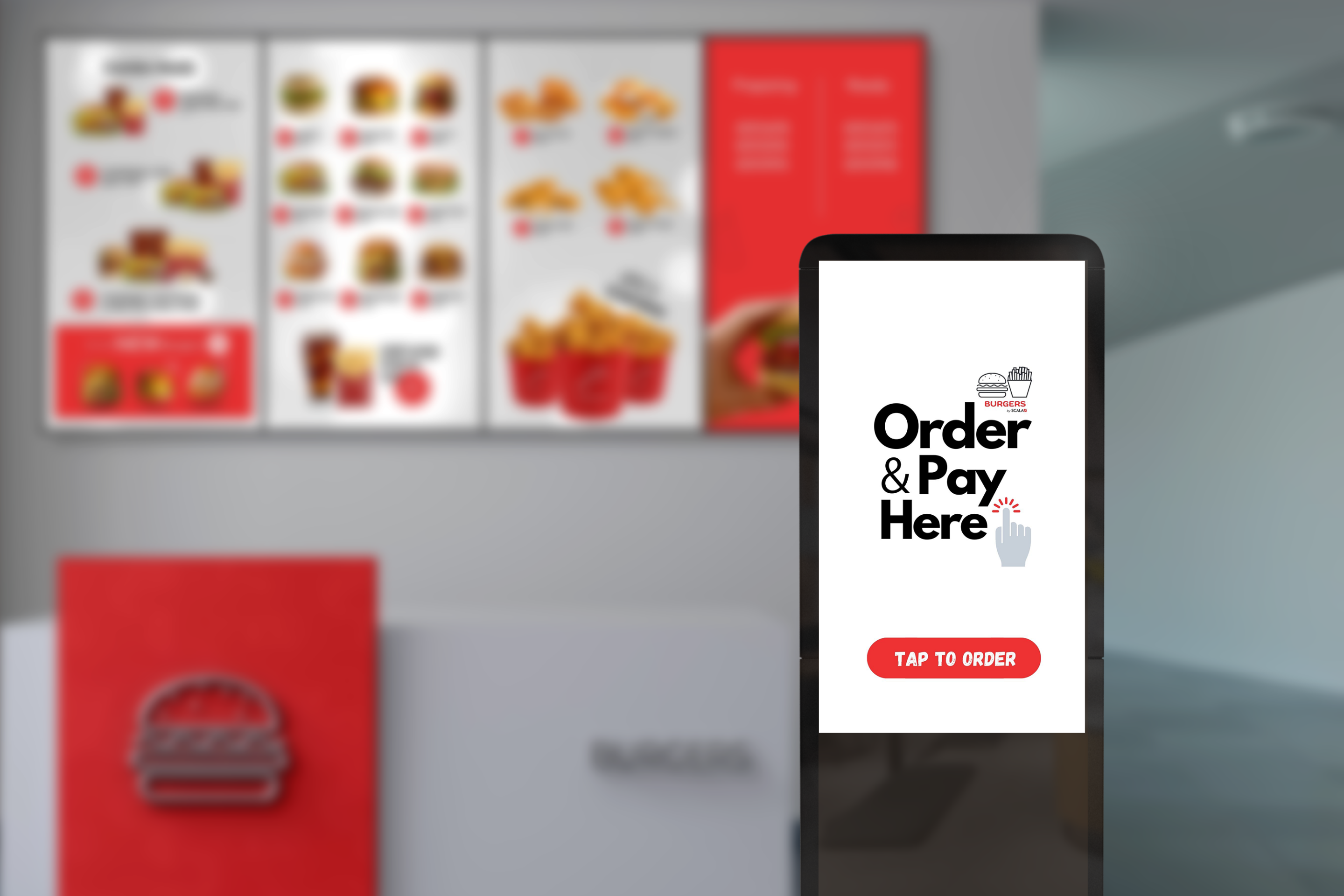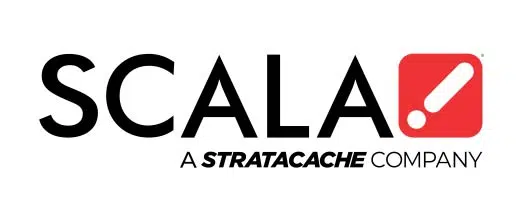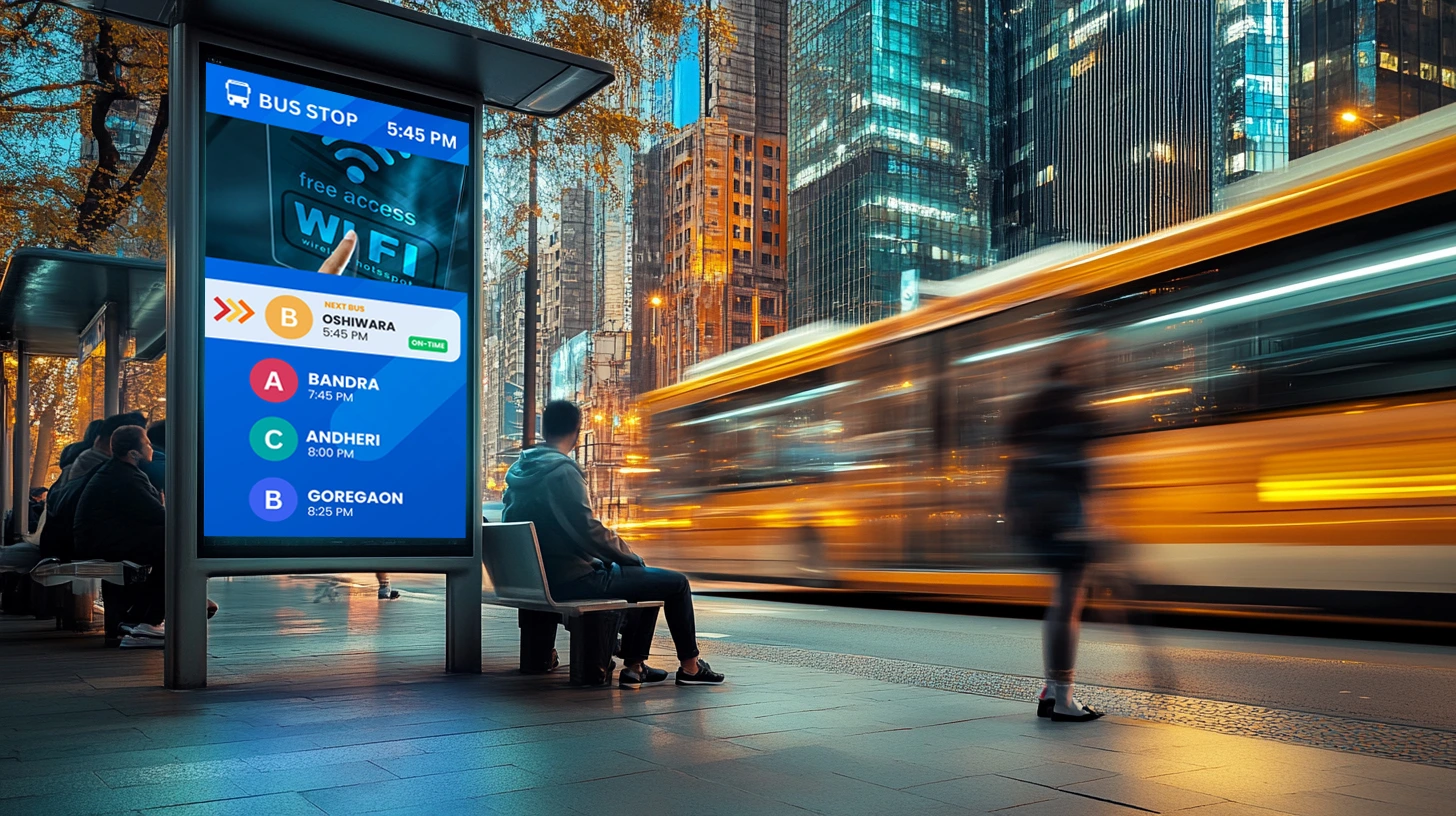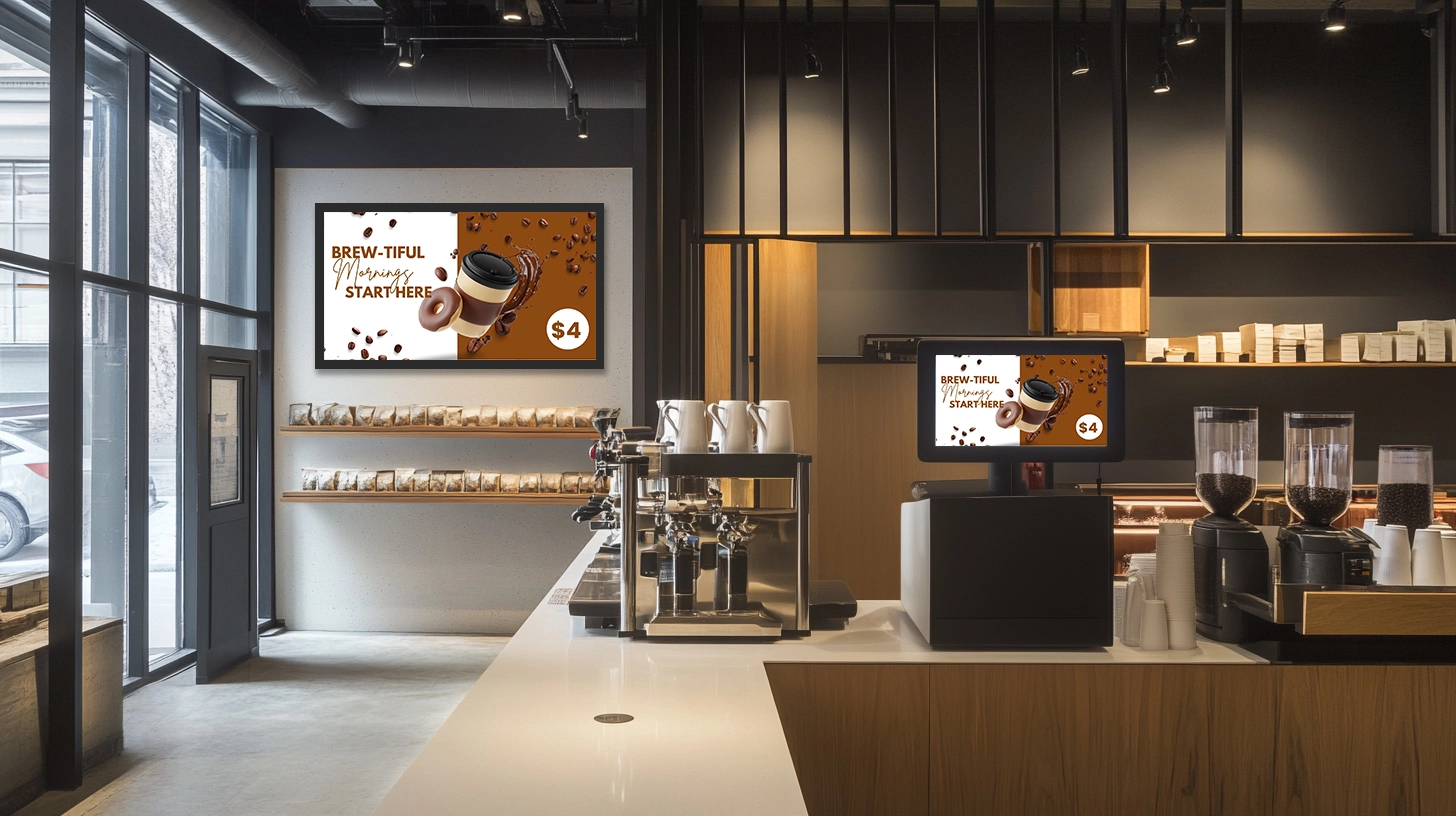Why Self-Ordering Kiosks are Essential for Your Business
by Scala Team
Why Self-Ordering Kiosks are Essential for Your Business
by Scala Team
Self-service has become the norm in many areas of life in recent years, from self-checkout at retail and grocery stores to self-ordering kiosks at fast food restaurants and self-service technology in banks and government organisations. According to Market Research Future, the global self-service technology market will reach USD$72.51 billion by 2030. While North America still dominates the market globally, the Asia-Pacific market is expected to witness the highest growth rate with a CAGR of 7.8% from 2022 to 2028, led by China and India. Spurred on by the need for alternative options for ordering, payment and other customer service tasks due to the COVID-19 pandemic, self-service is only set to boom in the near future as consumers have become used to having it as an option wherever they go.
When it comes to some of the most popular self-service tools, self-service or self-ordering kiosks top the list. They offer numerous benefits for both customers and businesses. Here, we explore some of the main use cases and benefits of self-ordering kiosks.

Benefits of self-ordering kiosks
Maximise staff time and resources
Self-ordering kiosks allow customers to place orders without the need for staff on hand to take orders manually. This frees up staff time and resources and allows businesses to allocate staff to other tasks, and also eases staffing burden on businesses due to staff illness and unavailability. Take a quick service restaurant for example: instead of allocating multiple staff to taking orders, self-ordering kiosks allow those staff to be reallocated to the kitchen to help fulfil orders. This means the restaurant can serve more customers, and therefore drive more sales, while also improving the speed with which orders are fulfilled.
Similarly, in other service industries like banking and retail, self-service kiosks allow staff to be reallocated from basic tasks to other higher-value customer service interactions. In a retail setting, a store employee who may have previously been allocated to the checkout can now assist customers on the floor with product selection and advice, enhancing the customer’s experience.
Upsell and cross-sell to drive higher sales revenue
As well as enabling self-ordering and payment, self-ordering kiosks offer an opportunity to advertise other products and upsell customers during the transaction. In a fast food restaurant, customers using a self-ordering kiosk can be alerted during the transaction of potential add-ons, upgrades and combo offers to encourage them to spend more, as well as consider new menu items they may not have seen. Retailers similarly can use the self-checkout process to recommend related products to drive overall higher spend.
Serve more customers and reduce wait time
There is no doubt that during busy periods for many businesses, queues for ordering and payment can become lengthy and unmanageable. One retail survey reported that some businesses have lost up to 75% of customers due to waiting times. Self-order kiosks and self-service kiosks can greatly reduce queues and wait times, and help orders and transactions take place quickly. This allows more customers to be served than would have been possible with one or two staff allocated to manage a large queue. It also contributes to greater customer satisfaction by reducing perceived wait time and allowing customers autonomy.
Self-service kiosk use cases

Self-service kiosk use cases
Self-ordering kiosks for QSRs and cafes
Self-ordering kiosks have taken restaurants, including quick service/fast food restaurants and smaller café chains, by storm in recent years. They are an expected fixture in any modern restaurant and they cater to customer desire for speed and convenience when ordering food.
Self-checkout kiosks for Grocery stores
Self-checkout kiosks have been a mainstay in large-format grocery stores for a long time, and are starting to infiltrate smaller independent grocers as well. Self-checkout kiosks offer convenience and autonomy, as well as greatly reducing queues and wait times during busy periods.
Self-checkout kiosks for Retail
Retailers have been some of the biggest adopters of self-service technology, especially in large department and lifestyle stores and highly popular retail outlets. In addition to reducing queues and wait times, self-checkout kiosks offer retailers a strong opportunity to advertise products, drive higher sales revenue and engage customers with retail brands.
Self-service kiosks for Government
Self-service kiosks have been instrumental in improving customer service and efficiency in government shopfronts, allowing customers digital access to a wide range of services and processes that alleviate the need for waiting in line. Customers may be able to renew their drivers license, pay taxes and fines and access important government services through interactive kiosks.
act.
Scala enables business transformation with self-service kiosks
Scala has helped brands across many industries worldwide transform their customer interactions, drive sales and improve efficiency with self-service kiosks. From banks and quick service restaurants to retail and government, self-service kiosks can provide great benefits and improve customer satisfaction. Explore Scala’s interactive kiosk solutions today.
About the Author:
Scala digital signage experts share their experience and thoughts in our blog to provide practical tips and advice for real-world applications. Our team aims to offer interesting content through a variety of formats including long form articles, video logs, interviews and infographics.




